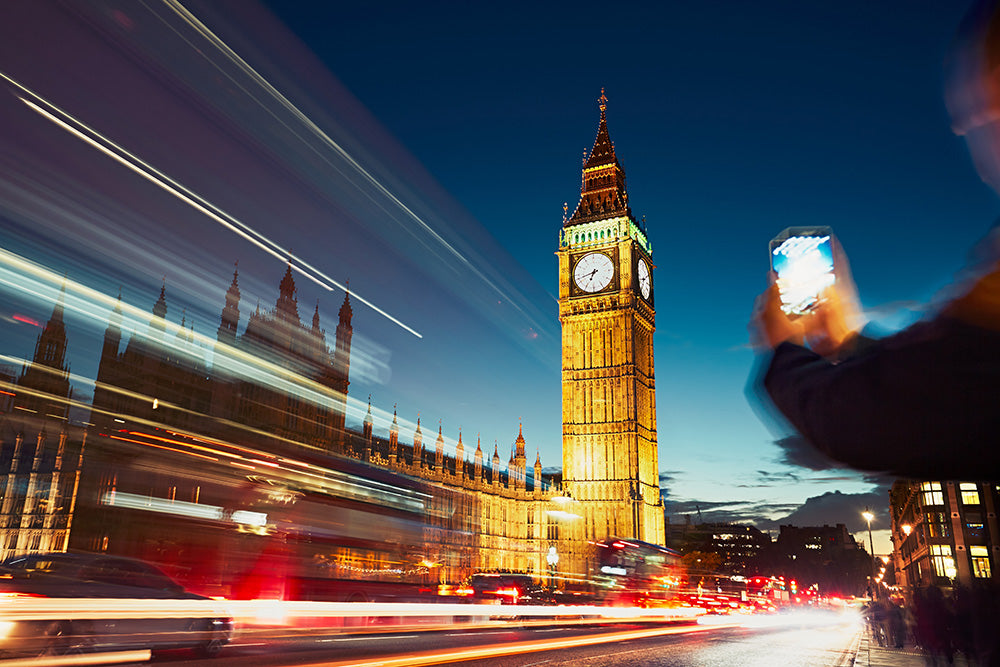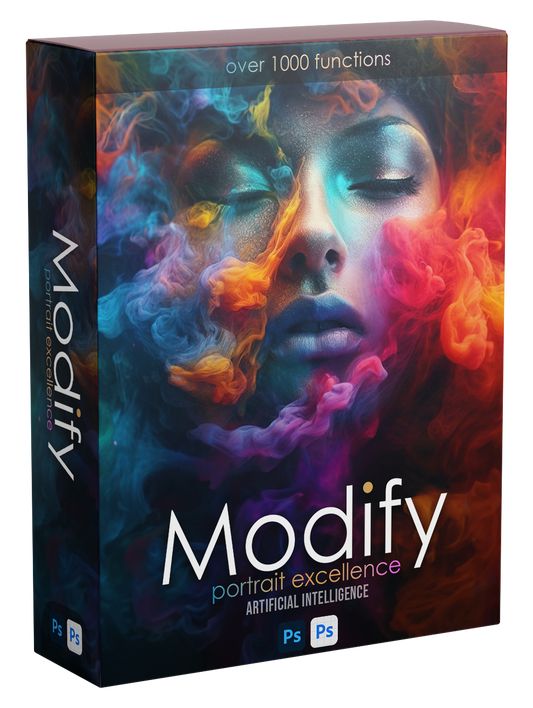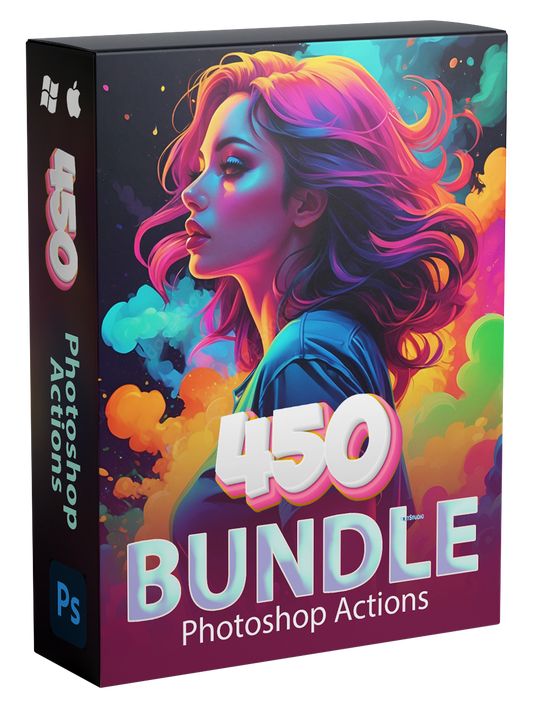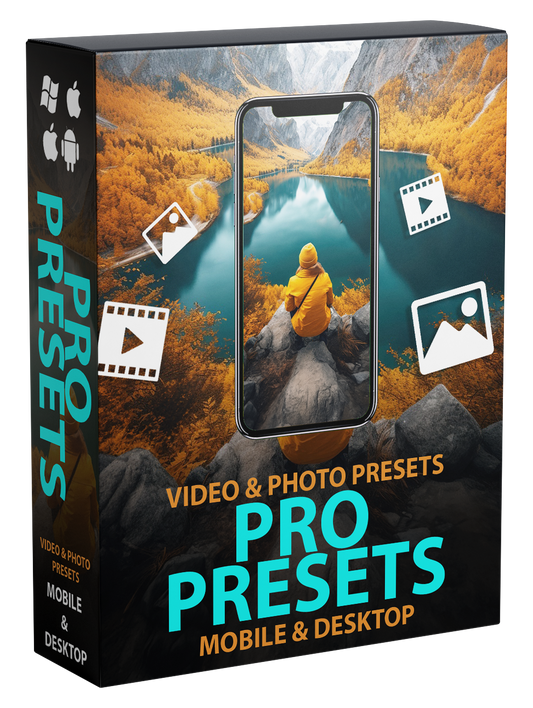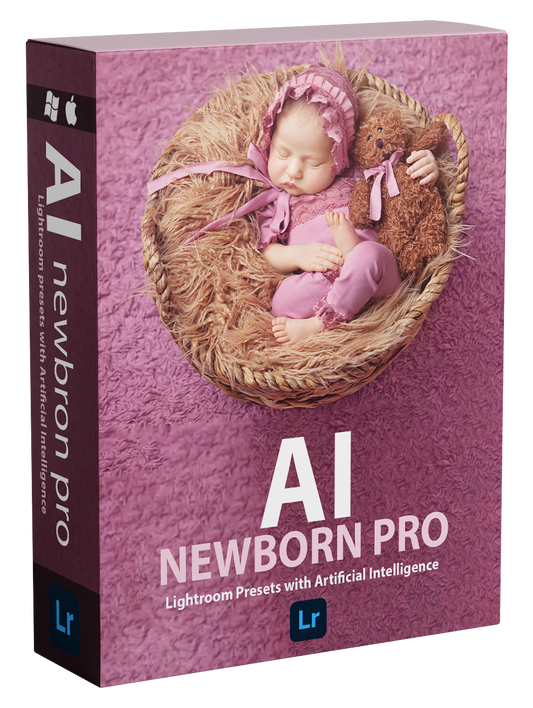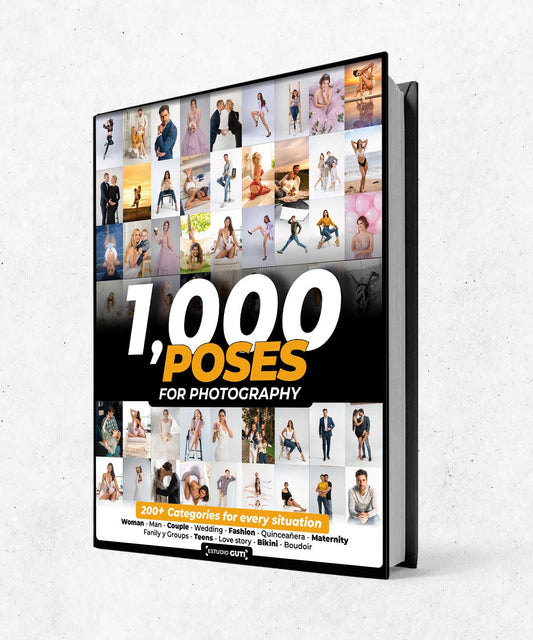Shooting great photos at night or in low light can be challenging, but with the right techniques and equipment, you can capture stunning images that showcase the beauty and mood of the night. Here are some tips on how to shoot great photos at night or in low light:
-
Use a tripod: A tripod is an essential piece of equipment for night photography as it allows you to take sharp, blur-free photos and also helps to keep your camera steady in low-light conditions. It also allows you to use slower shutter speeds without getting camera shake.
-
Use a wide aperture: A wide aperture such as f/2.8 or f/4 will allow more light into the camera, which is crucial in low-light conditions. This will also help to create a shallow depth of field, which can help to isolate your subject and create a sense of depth.
-
Use a high ISO: To ensure that your photos are not underexposed, use a higher ISO. A higher ISO will allow you to use a faster shutter speed and a wider aperture. However, be careful not to use too high an ISO as it can lead to noise in your images.
-
Use long exposures: Long exposures can be used to capture the movement of stars and the passing of time. Use a remote trigger or a self-timer to avoid camera shake and experiment with different shutter speeds to capture the desired effect.
-
Use a flash or a flashlight: A flash or a flashlight can be used to add light to your subject and can be particularly useful when photographing people or objects.
-
Use the ambient light: Take advantage of any ambient light that's available. Streetlights, car headlights, and neon signs can all add color and interest to your photos.
-
Be mindful of the composition: Composition is just as important at night as it is during the day. Use the rule of thirds, leading lines, and other compositional techniques to create an interesting and dynamic image.
-
Use post-processing: Once you've taken your photos, it's important to take the time to post-process them. Use editing software such as Lightroom or Photoshop to adjust the exposure, color, and contrast of your images. This can help to bring out the best in your photos and make them truly stand out.
-
Be aware of the weather: Weather can have a big impact on night photography. Clear nights are ideal for astrophotography and capturing star trails, while a full moon can provide ample light for landscapes.
-
Be safe:
Be aware of your surroundings and take safety precautions when shooting at night or in low-light conditions. Avoid shooting in unfamiliar or dangerous areas, and always let someone know where you'll be and when you expect to return. It's also important to be aware of any potential hazards such as traffic or uneven ground.Experiment: Don't be afraid to experiment with different settings and techniques. Try different shutter speeds, aperture values, and ISO settings to see what works best for your specific situation. Try shooting in manual mode to have more control over the exposure.
-
By following these tips, you'll be well on your way to taking great photos at night or in low light. Remember to use a tripod, use a wide aperture, a high ISO, and experiment with different settings. Be mindful of the composition, use post-processing, be aware of the weather, be safe and most importantly, have fun!
Low light photography can be a challenging but rewarding experience, it allows you to capture the unique mood and atmosphere of the night. With the right approach, you can create stunning images that showcase the beauty of the night and the world around us.

